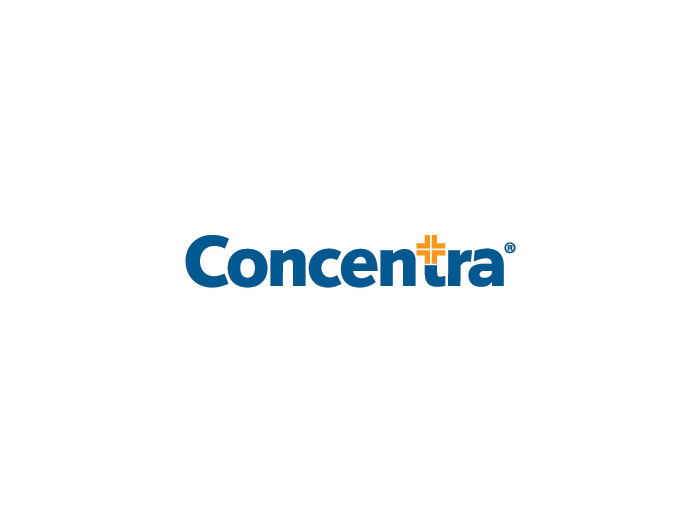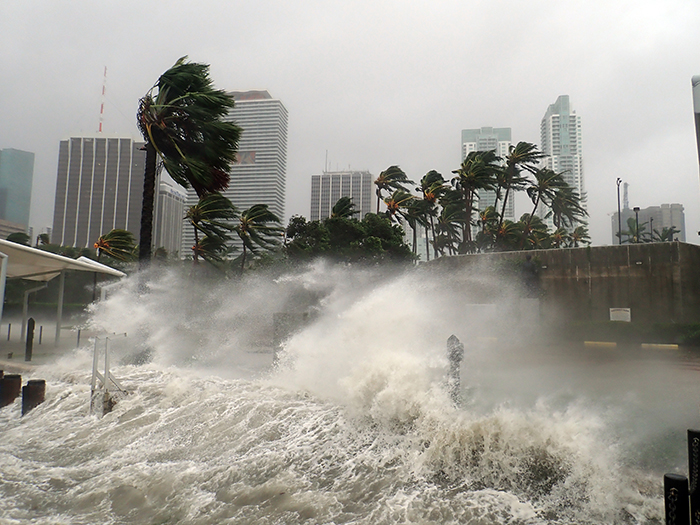Disaster Recovery
7 Tech Tools Every High Net Worth Homeowner Needs to Prevent Disaster

As hurricanes, wildfires and other extreme weather events become more common, insurers have becoming increasingly proactive in helping insureds protect their properties.
But there’s plenty that homeowners can do on their own to make their homes more disaster resilient, including basics like removing potted plants and outdoor furniture that can become airborne missiles in high winds or making sure any combustible vegetation is a safe distance from the house.
New technologies have also emerged that can help homeowners go a step further in protecting their homes and their possessions.
1) CMCE Lightning Suppressor
In each of the last 10 years, insureds have filed between 100,000 and 246,000 claims for lightning strikes, and insurers have paid out millions — and in some years over a $1 billion — in claims. Conventional technologies like surge protection and lightning rods can help mitigate the damage caused by strikes, but they can’t prevent the strikes in the first place.
CMCE Lightning Suppressors can.
With a low profile and an affordable price tag, this unique technology eliminates the charge differential between clouds and the ground — the essential conditions for lightning to strike — by constantly drawing in both positive and negative ions and sending them to the ground before lightning can form. While CMCE has only been available in the U.S. since 2014, it has been available in Europe since 2002. Since then, the 8,000 residential, commercial and maritime installations using it have not suffered a single lightning strike.
2) Smart Vent
Homes that have an elevated first floor to avoid potential floods can still be devastated even if only the basement gets wet. The weight of floodwaters outside can exert enough pressure to push in a foundation wall.
Smart vents are a simple technology that can be easily retrofitted into below-flood-level foundation walls. In the case of flood, the vents open, allowing water to flow in and out, equalizing the hydrostatic pressure on both sides of the wall.
3) Brand Guard Vents
Many homes lost to wildfires burn from the inside out, far from the wildfire itself, due to hot embers that travel on the wind for great distances — even crossing rivers.
These embers can start spot fires wherever they land, but perhaps their greatest danger to structures is that they can get sucked through vents into attics and crawlspaces, bypassing all external fire prevention strategies, to start fires inside the house.
Brand Guard Vents use a patent-pending overlapping baffle design to keep embers and fire out, while allowing air to circulate.
4) Phos-Chek
For decades, Phos-Chek fire retardant has been to fight wildfires — images of dyed versions dropping from planes have become iconic in the fight against wildfires.
It is effective, non-toxic and remains in place until it is washed off, when it actually fertilizes vegetation. But Phos-chek is also available to consumers, in versions that can be sprayed from roof-mounted hoses, tanks on the backs of pickup trucks, and even backpack or hand-held sprayers.
5) Diluvium
With sea levels rising, intense rain events becoming more common, and flood insurance programs in turmoil, technologies that can protect against floods are more welcome than ever.
One such technology is Diluvium-Dry, a lightweight, portable, freestanding system of interlocking waterproof barriers in four-, five- and six-foot heights that can be installed by one or two people to surround an entire property, using the weight of the floodwaters to hold it in place and maintain a seal against the ground. While currently available only in Europe, it should be available in the U.S. by spring 2019.
6) Collector Systems
High net worth homeowners in disaster-prone areas who have collections of art, antiques or other valuables may have to transport them to safety if they lack in-home fire- or hurricane-safe rooms. The collections can be stored either in special vault facilities, the homeowner’s other properties, or other locations out of harm’s way.
Keeping track of large and changeable inventories is essential but can be a head-spinning challenge. Collector Systems is a cloud-based collection management company that uses a sophisticated database and easy-to-use app that allows collectors to track the location of each piece in their collection during transit and storage or loans to museums.
And in the event of a loss, it can also be an important tool to aid in cataloging and valuation.
7) Guardrobe
Clothing and couture present special challenges for storage and transportation, and Guardrobe combines the expertise to manage those challenges with a sophisticated database and a user-friendly interface called Cybercloset.
Primarily used by clients who want ready-access to vast wardrobes or couture collections that the company stores, manages, cares for and delivers, Guardrobe will also rescue clients’ collections that are in harm’s way, snatching them from the paths of wildfires, hurricanes or other impending natural disasters. &











